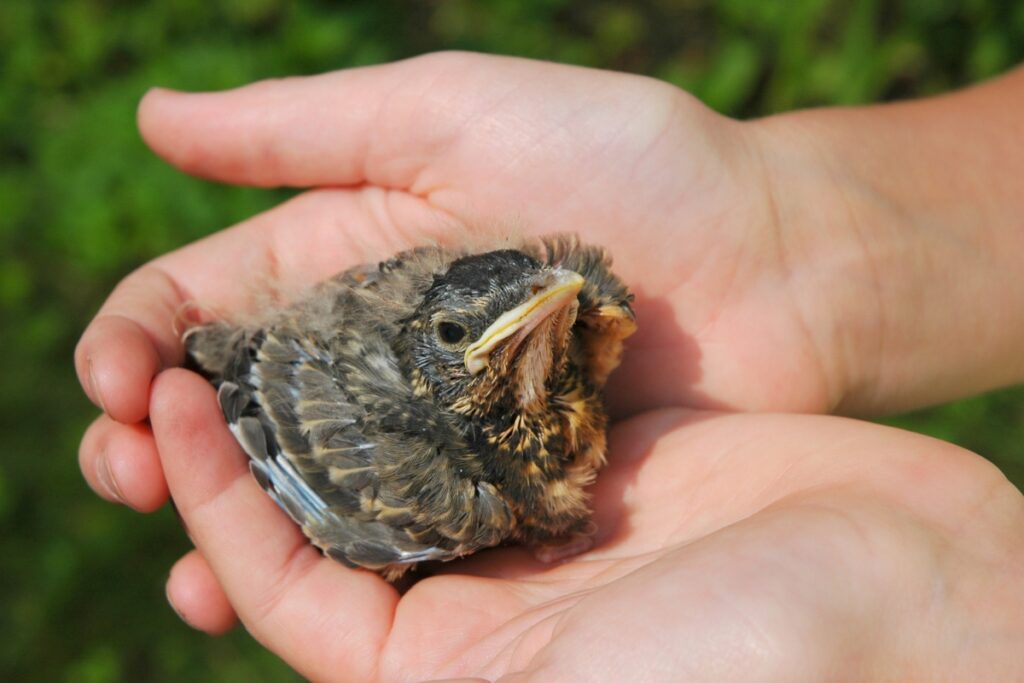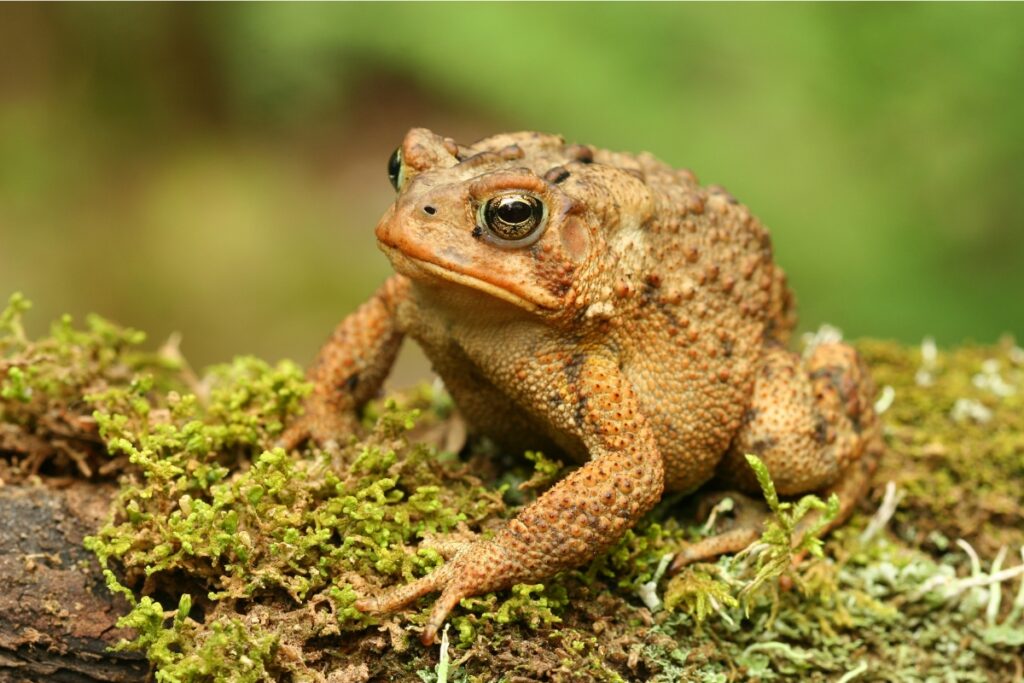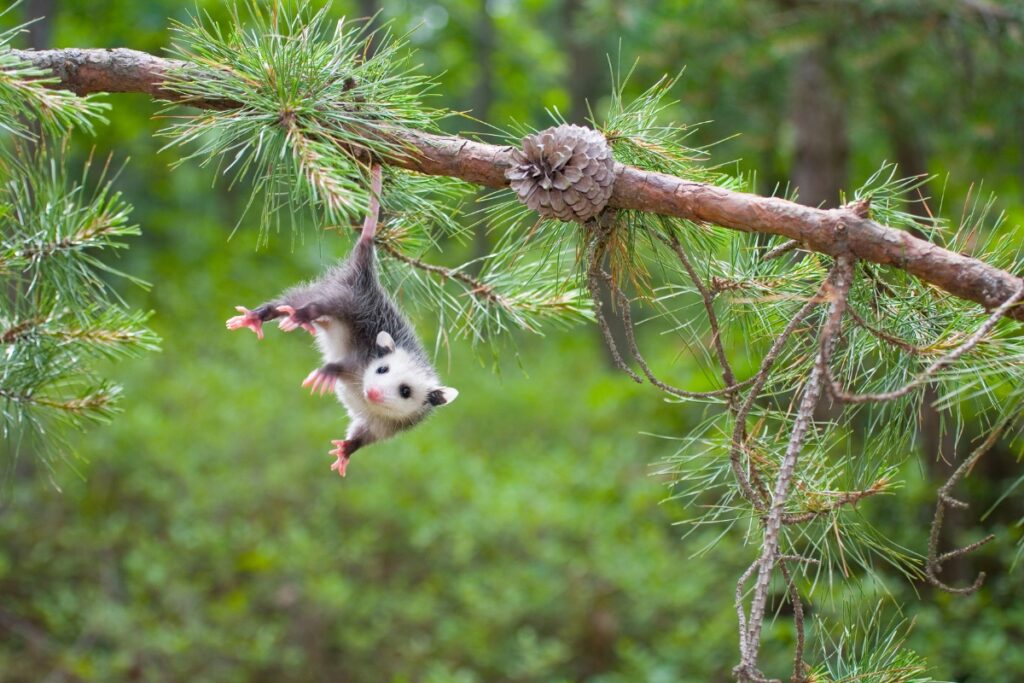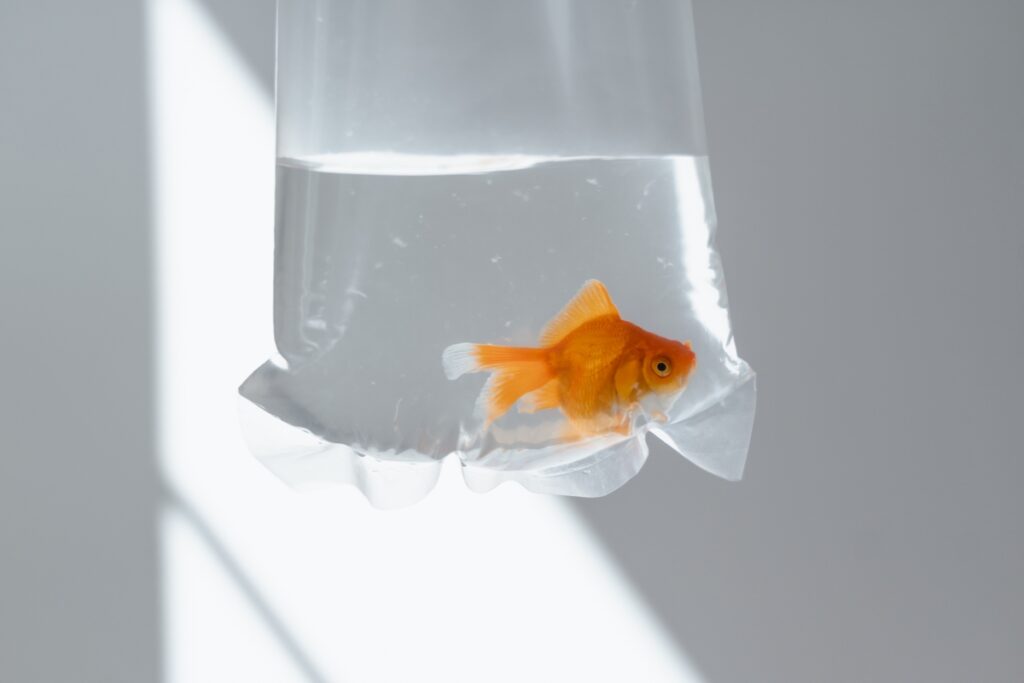
The animal kingdom is packed with fascinating creatures—and plenty of misunderstandings about them. Many widely accepted “facts” about animals are actually no more than myths. Here, we debunk ten common misconceptions and offer some insight into the real nature of these creatures.
1. Handling Baby Birds Won’t Harm Them

Myth: If you touch a baby bird, its mother will abandon it.
This myth suggests that a mother bird will desert her chick if a human handles it, supposedly due to scent contamination. Birds actually have a terrible sense of smell, though, and wouldn’t even detect your scent. The reason baby birds are sometimes found on the ground has more to do with their stage of development; fledglings are often learning to fly and take short, wobbly flights out of the nest. While it’s usually best to leave them alone, if you find a young bird in danger, gently returning it to a nearby perch will not cause the mother to abandon it.
2. Wedding Rice Is Safe for Birds

Myth: Throwing rice at weddings causes birds’ stomachs to burst.
This myth has discouraged weddinggoers from tossing rice for years, with people fearing that the rice will expand and harm birds that consume it. However, studies have shown that rice doesn’t dwell in their stomachs to the point of causing any harm. Birds regularly eat grains that expand in their stomachs, and rice is no different. In fact, birdseed swells more than rice when ingested. So, those traditional rice tosses are safe for feathered friends, though many venues still favor bubbles or confetti for easier cleanup.
3. Bats Aren’t Actually Blind

Myth: Bats are completely blind.
Despite the old saying, bats are far from blind. Although these flying mammals rely heavily on echolocation to hunt and move through the night, they have fully functional eyes. Depending on the species, some bats even see well in dim light and can detect ultraviolet light. When combined with their keen sense of hearing, their vision helps them hunt tiny insects in the dark with impressive accuracy. When you see these animals swooping by, they’re not “blind as a bat”—they’re actually using both sound and sight to expertly navigate.
4. Toads Don’t Cause Warts

Myth: Handling toads will give you warts.
This myth likely began as a way to discourage kids from picking up toads, but it’s truly baseless. Warts in humans are caused by a virus (human papillomavirus), not by toads or frogs. The bumps on a toad’s skin have no connection to human warts. These rough textures help toads camouflage and survive in dry environments, as opposed to most frogs, which have smooth skin and require water. The next time you encounter a toad, feel free to admire its unique texture without worrying about warts.
5. Daddy Longlegs Are Harmless

Myth: Daddy longlegs are incredibly poisonous, but their fangs are too small to bite humans.
This myth combines two misconceptions—that daddy longlegs are venomous and that they’re spiders. While the name “daddy longlegs” usually refers to harvestmen, which aren’t true spiders, it’s also used for cellar spiders, which are harmless. Harvestmen don’t have venom glands or fangs capable of piercing human skin. Even cellar spiders, which are closer to true spiders, aren’t venomous to humans. Neither of these creatures pose any real threat to people, preferring to feed on dead insects.
6. Ostriches Don’t Hide in the Sand

Myth: Ostriches hide by burying their heads in the sand.
The image of an ostrich sticking its head in the sand out of fear is a complete misunderstanding. Ostriches are fast runners and will use their speed to escape danger, not hiding. They may lower their heads to the ground to turn eggs or eat small pebbles that aid in digestion, which might look like “burying” from afar. If an ostrich really buried its head, it would have trouble breathing. Their go-to strategy for survival involves powerful kicks and running at up to 45 miles per hour, not pretending to disappear.
7. A Dog’s Nose Doesn’t Indicate Health

Myth: A cold, wet nose means a healthy dog, while a dry, warm nose signals illness.
A dog’s nose temperature or moisture level is not a reliable indicator of health. Dogs’ noses are often wet because they release mucus to help them smell, and they lick their noses to absorb scent particles. A dry or warm nose can simply result from a dog’s environment or activity level. Changes in behavior or eating habits are a better indicator of health—the wetness of a dog’s nose varies throughout the day and doesn’t necessarily mean anything about its well-being.
8. Opossums Don’t Hang by Their Tails

Myth: Opossums dangle from tree branches by their tails.
While opossums have strong, flexible tails, they don’t use them for hanging around in trees. Young opossums may occasionally dangle for short periods, but the adults prefer to keep all four feet on one surface. Their tails serve as a fifth limb, helping them balance and grip branches when climbing, but they don’t sleep or hang upside down. Their prehensile tails are helpful tools in the trees, but the classic image of an opossum hanging by its tail doesn’t reflect usual behavior.
9. Goldfish Remember More Than You Think

Myth: Goldfish have only a three-second memory.
Goldfish have far better memories than this myth suggests. They can remember things for months and learn to associate sounds, colors, and people with food or routines. In experiments, goldfish have been trained to navigate mazes and recognize feeding times. Their cognitive abilities allow them to adapt and thrive, showing that they’re smarter than the three-second stereotype implies. If you own a goldfish, know that it’s likely much more aware of its surroundings than you might think.
10. Bulls Don’t React to Red

Myth: Bulls become aggressive when they see the color red.
The idea that bulls charge because they see red is a long-standing misconception popularized by bullfighting. Bulls, however, are actually colorblind to red. It’s the motion of the matador’s cape, not the color, that provokes the animal to charge. Waving anything in front of a bull, no matter what color, would likely have the same effect. While the red cape is dramatic, it’s the movement, not the hue, that fuels the chaos in the ring.







